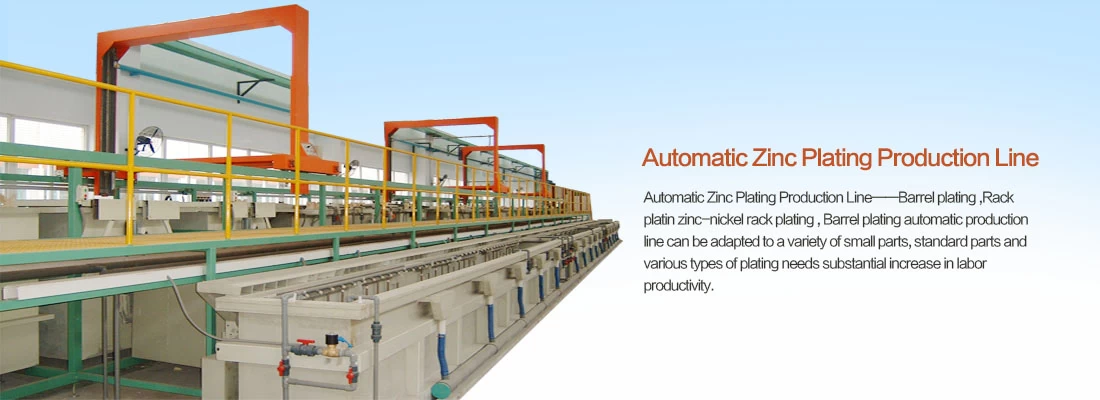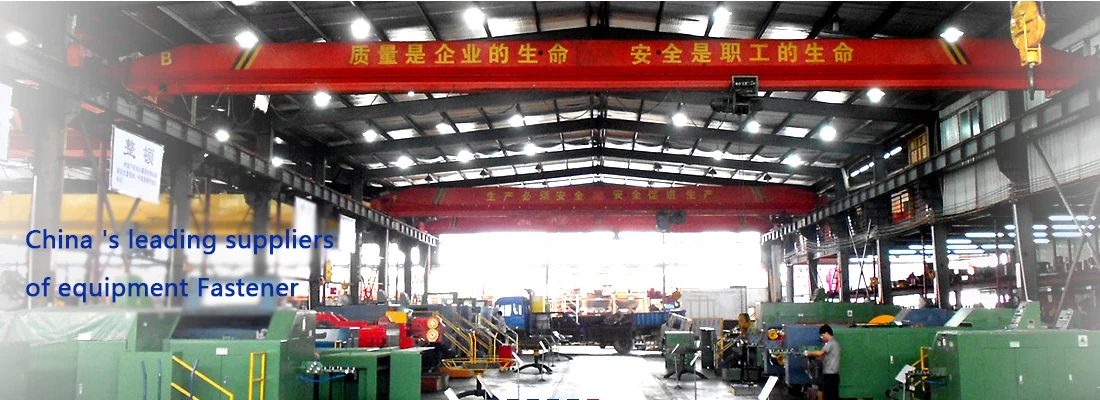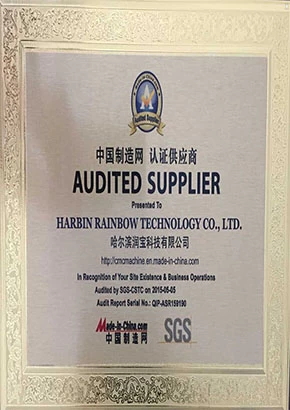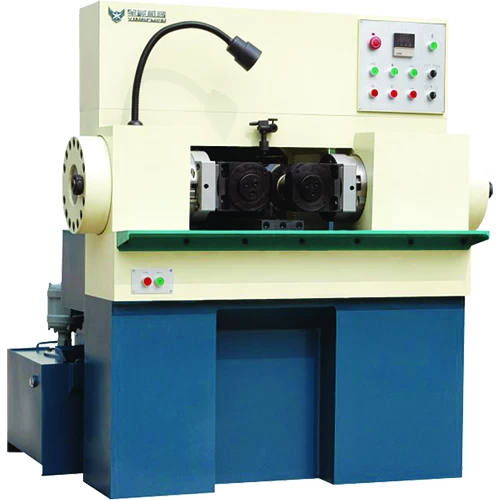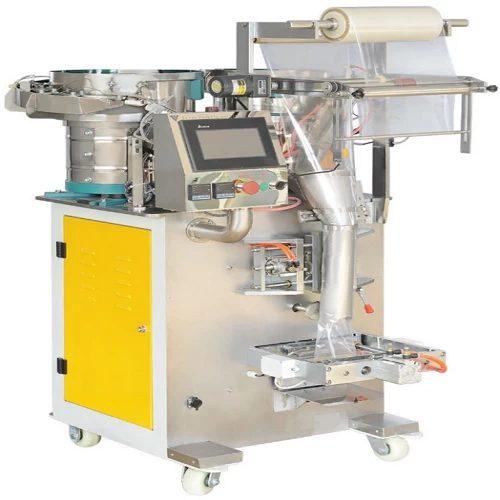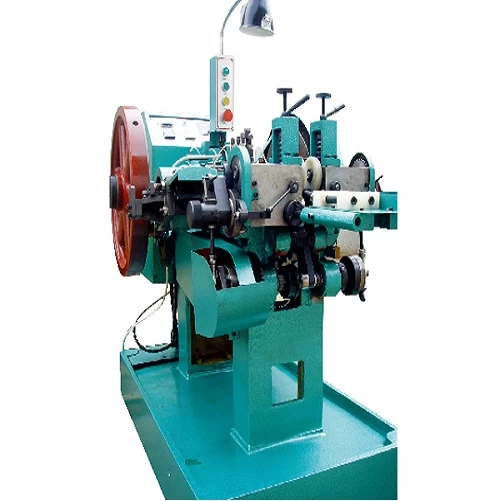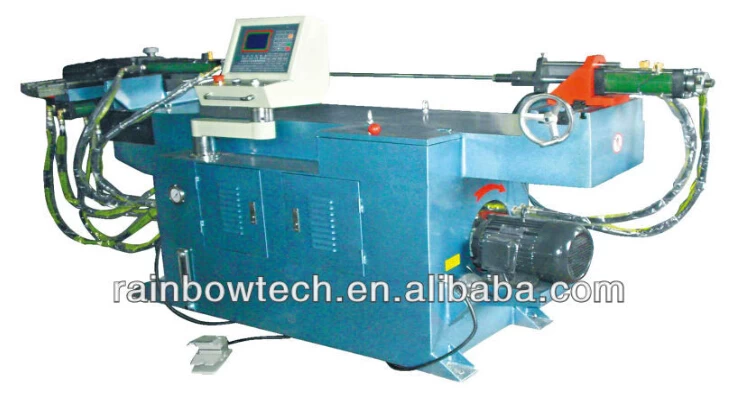The principle of annealing furnace
The principle of annealing furnace
The principle of annealing furnace is to heat the metal material to a certain temperature and hold it for a period of time, and then cool it slowly to achieve the purpose of softening the material, reducing the hardness, and improving plasticity and toughness. The specific process consists of three main steps: heating, heat preservation and cooling
The working principle of annealing furnace
Heating Stage: The metallic material is heated to a set annealing temperature, usually within the recrystallization temperature range of the material. This process requires precise temperature control to avoid overheating or uneven heating that can lead to adverse effects on the structure and properties of the material
Holding stage: After reaching the target annealing temperature, hold for a period of time to make the atoms inside the material fully move and achieve the effect of tissue homogenization. The length of time to hold depends on the type of material and the specific treatment requirements
Cooling phase: After the end of the insulation, the material is cooled at an appropriate rate, usually natural or controlled. Slow cooling avoids internal stresses in the material due to sudden temperature changes
Types and applications of annealing furnaces
Annealing furnaces can be divided into many types according to different working principles and heating methods, including atmosphere annealing furnaces, vacuum annealing furnaces, etc. The atmosphere annealing furnace ensures that the content of oxygen and water vapor in the furnace is below a certain range by injecting shielding gas, so as to achieve a specific material performance enhancement effect; The vacuum annealing furnace uses a vacuum pump to evacuate the air and water vapor in the furnace, so that the metal material does not react with the oxygen and nitrogen in the air, so as to obtain the oxygen-free annealing effect
Annealing furnaces are widely used in heat treatment processes such as annealing, quenching, and tempering in metal processing, and are also suitable for glass processing, electronic manufacturing, and chemical experiments
In the steel industry, annealing furnaces are used to process steel for better performance; in the aerospace manufacturing industry, to improve the performance of components of spacecraft engines; In the automotive industry, it is used to process automotive parts to improve their strength and toughness



